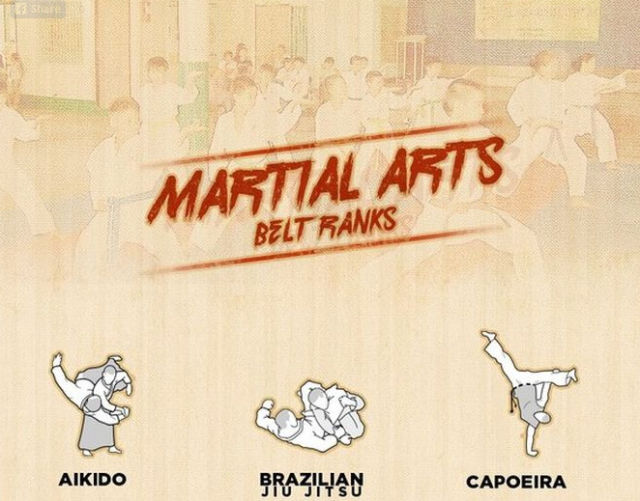A Historic Introduction And Development Of Martial Arts Across The Globe
A Historic Introduction And Development Of Martial Arts Across The Globe
Blog Article
Short Article By-Hess Graham
Martial arts have a remarkable background that extends centuries and continents. You might locate it interesting exactly how ancient practices like Shuai Jiao and Kalaripayattu prepared for modern-day fight strategies. These techniques not only stress physical abilities yet also mirror the societies that birthed them. As aikido martial art discover their advancement, think about just how globalization has actually transformed these typical kinds into hybrid styles. What why martial arts is important in criminology do you think have formed today's martial arts landscape?
Ancient Martial arts: The Foundations of Battle
As you explore the globe of old martial arts, you'll uncover the rich structures that shaped combat techniques across cultures. Early practices focused on Self-Defense and survival, commonly incorporating strikes, grappling, and weapons.
In old China, for instance, methods like Shuai Jiao emphasized tosses and joint locks, while India's Kalaripayattu showcased dexterity and fluid movement. go to website created Kenjutsu, a refined swordsmanship that highlighted self-control and technique.
These martial arts offered not just for battle but additionally as a means of individual advancement, instilling values like respect and determination. The blending of these techniques gradually laid the groundwork for the varied martial arts you see today, each mirroring the one-of-a-kind viewpoints and needs of its society.
The Social Impact on Martial Arts Development
While martial arts often show the functional demands of a culture, they also embody the social values and beliefs of their beginnings. When you discover different martial arts, you'll notice just how they're affected by religion, philosophy, and social standards.
As martial arts training in hindi , the focus on regard and self-control in Japanese martial arts comes from Zen Buddhism and samurai culture. In contrast, Brazilian Jiu-Jitsu advertises adaptability and method, shaped by the need for performance in a diverse, multicultural atmosphere.
You may find that the rituals, uniforms, and training methods reflect a community's background and identity. By comprehending these cultural impacts, you deepen your gratitude of martial arts and their function in shaping human experiences around the world.
Modern Adaptations and the Globalization of Martial arts
Martial arts have changed dramatically in recent years, adjusting to contemporary society and global impacts. You'll observe that conventional types have blended with modern strategies, developing hybrid styles like MMA. These adjustments accommodate varied audiences, making martial arts obtainable and enticing worldwide.
With the surge of social media sites and electronic systems, you can discover tutorials and competitors from all edges of the world, breaking geographical barriers. This globalization has resulted in a shared appreciation for numerous techniques, from Brazilian Jiu-Jitsu to Taekwondo.
As you involve with these arts, you'll realize they're not just about battle; they promote fitness, technique, and psychological health.
Inevitably, modern-day adjustments have improved the martial arts landscape, making it a dynamic and evolving practice.
Verdict
In exploring the background and evolution of martial arts, you uncover a remarkable blend of strategies, societies, and ideologies. From ancient techniques like Shuai Jiao and Kalaripayattu to the modern adaptability seen in MMA, martial arts mirror humanity's quest for Self-Defense and individual development. As you engage with these practices, you not only gain abilities but likewise a deeper gratitude for the varied traditions that shape our world today. So, proceed your trip and embrace the art of fight!
